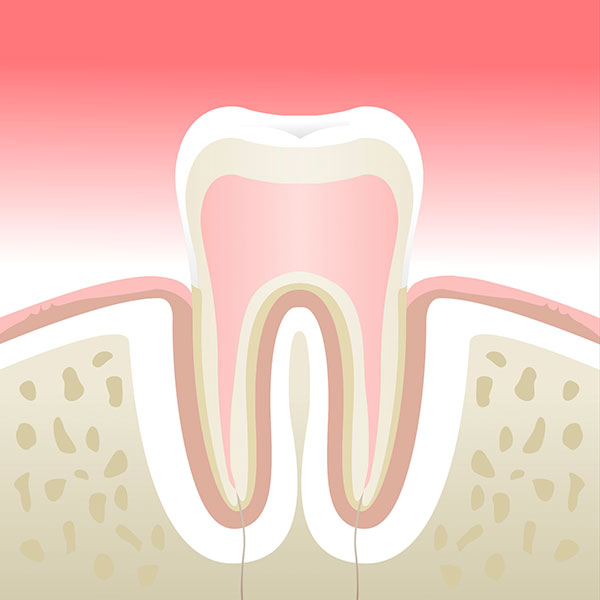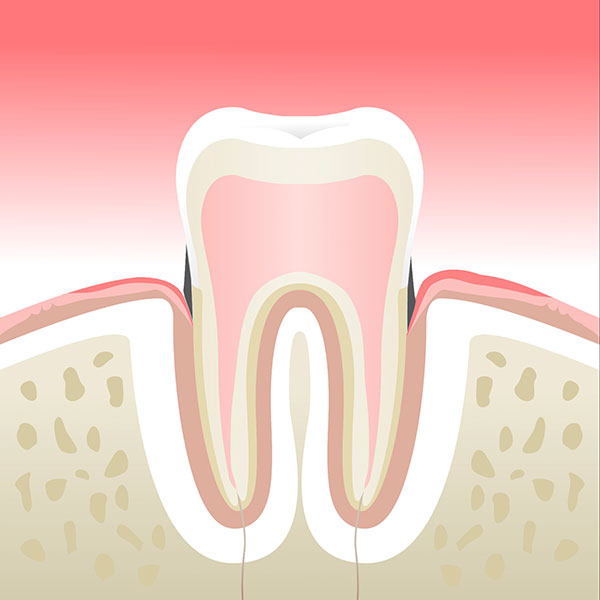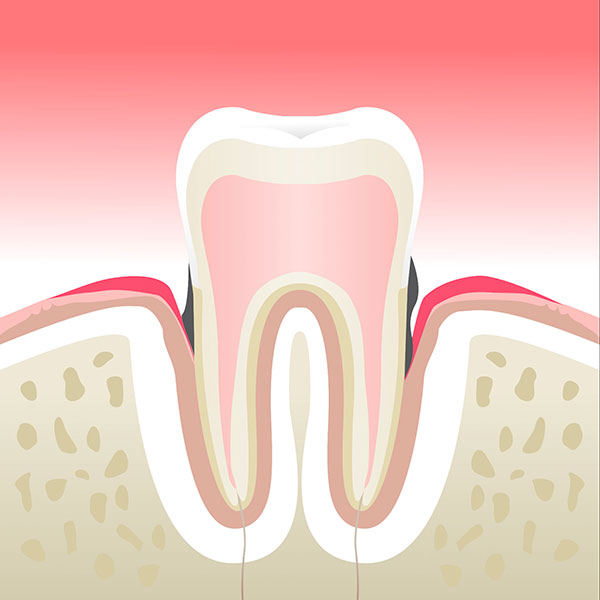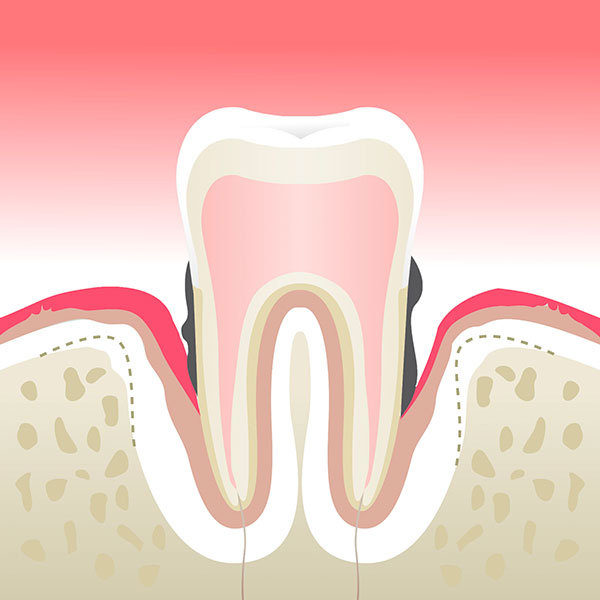Periodontology
Gum care
Periodontal diseases are bacterial (microbial) infections that affect and destroy the tissues that surround and support the teeth (the periodontium). The tissues concerned are the gums, the attachment fibers (ligament or desmodont) and the bone supporting the teeth.
Along with dental caries, periodontal disease is one of the main infections of the oral cavity.
The different stages of periodontal disease

Stage 1 - Gingivitis
To maintain healthy teeth, it’s essential to keep your gums healthy too, and to remove subgingival tartar deposits.
Stage 2 - Incipient periodontitis
Untreated inflammation can cause lasating damage to your teeth. To make sure it doesn’t come to that, we offer a range of treatments designed to halt the process and preserve the health of your teeth over the long term.


Stage 3 - Moderate periodontitis
Periodontal disease, or periodontitis, is a bacterial infection characterized by gingival bleeding, gum retraction and bone loss around the tooth, which can lead to tooth mobility.
Stage 4 - Advanced periodontitis
Plaque and tartar are the triggers of periodontal disease, since they support the bacteria that cause it.

Prevention, diagnosis and treatment of periodontal disease
Periodontal disease can be controlled and stabilized by a multi-phase treatment:
Etiological treatment consists of removing plaque and tartar by learning specific oral hygiene techniques, scaling and root planing.
Surgical treatment only comes into play in the most severe cases, and involves making flaps to gain direct access to the lesions, and in some cases filling in the lesions themselves.Once the disease has stabilized, regular monitoring and prophylaxis (every 3 to 6 months) are essential to prevent recurrences.
Once periodontal disease has been controlled and stabilized, we may need to perform mucogingival surgery.

